Picture this: You’re painting a watercolor piece that requires shadows or gray areas, only to realize that you’re out of black paint! Don’t worry, you don’t have to drop everything and go to the closest art supply store. Instead, simply mix your own black watercolor paint using this quick and easy method.
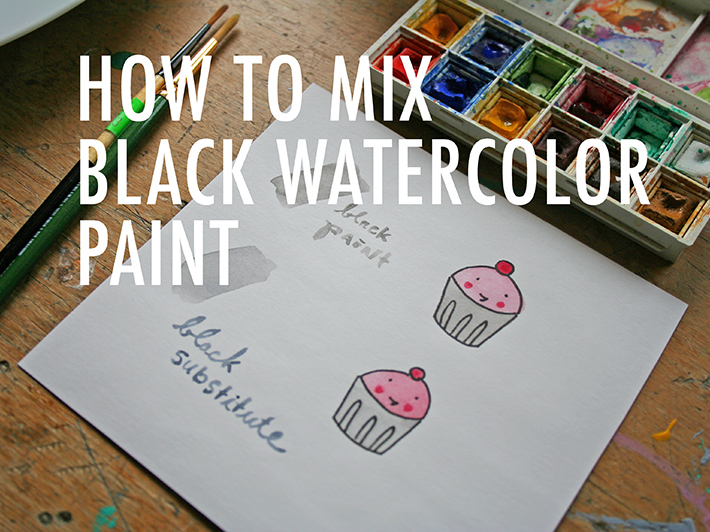
Out of black watercolor paint? Not a problem with this easy DIY substitute.
Mixing a substitute for black watercolor paint is forgiving because of the medium’s fluid nature. You can actually create a “black” color by mixing brown and blue paint together — an adequate stand-in for even the darkest darks. See for yourself how simple it is to make black paint in watercolor!
How to mix black watercolor paint
You’ll need:
- Palette or mixing surface
- Scrap paper to test your color
- Paintbrush
- Water for mixing
- Dark brown watercolor paint (ex. burnt umber)
- Dark blue watercolor paint (ex. indigo)
Step 1:
Set up your supplies: Have your palette, scrap paper, brush, mixing water and paint handy. It’s annoying to have to pause and grab a supply once you’ve already started painting!
Step 2:
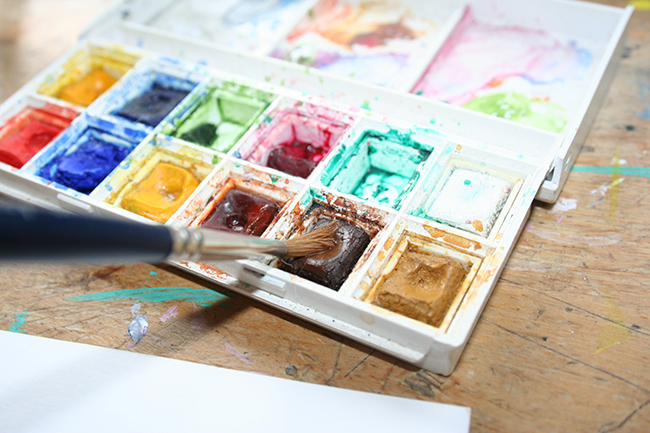
Photos and art via CakeSpy
Moisten your paint brush slightly, then dab some of your darkest brown watercolor onto your palette. I used burnt umber brown in my mini watercolor set.
Note: If you don’t have brown watercolor paint, no worries. You can mix equal quantities of each of the primary colors (red, yellow and blue) to form a basic brown. Adjust by adding a dab of each primary to alter or darken the brown.
Step 3:
Clean the brush, re-moisten it, then dab some of your darkest blue watercolor onto your palette right next to the brown. I used ultramarine blue.
Step 4:
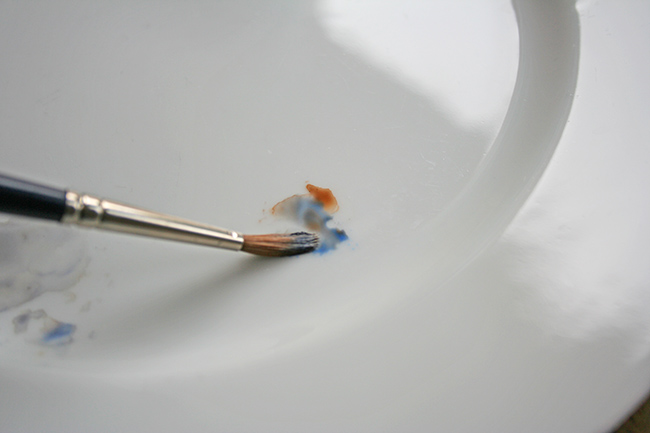
Give it a mix. You’ll see a pleasing dark gray hue emerge from your mixture. If you need a darker shade, add more brown and blue paint, but moisten your brush less.
Now, let’s see how it works!
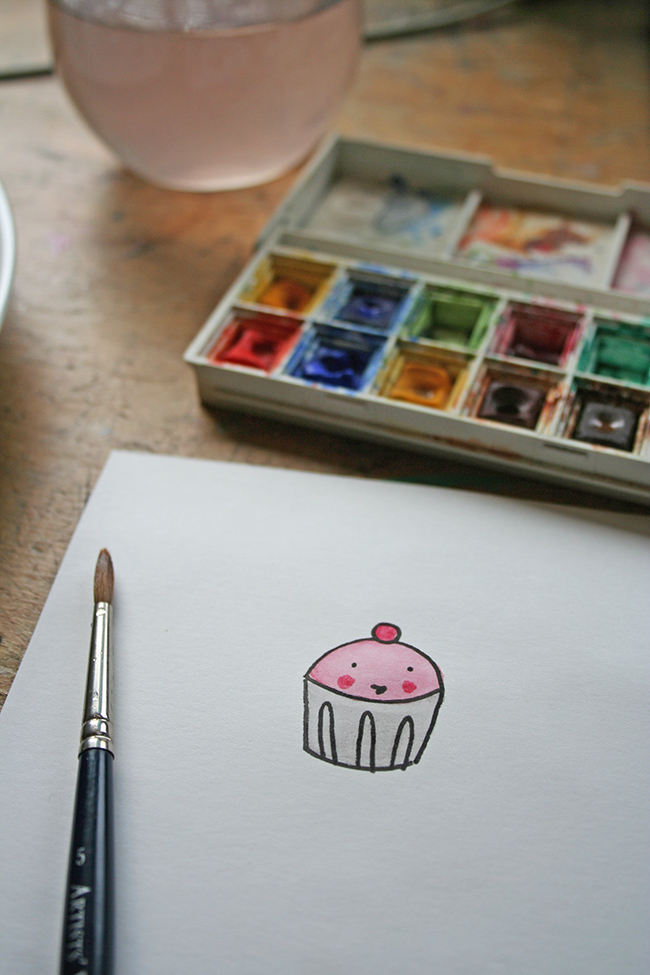
For this little cupcake (above), I painted the frosting pink, but wanted a gray wrapper. So I mixed up a mini batch of my DIY black paint and added a bit of water before painting the wrapper. The result? A delightful gray color – the perfect replacement for watered-down black paint.

Here’s a comparison of pure black watercolor paint and my DIY mixture. As you can see, mine isn’t exact but it certainly does work, especially when applied in a wash or used to color in an area.
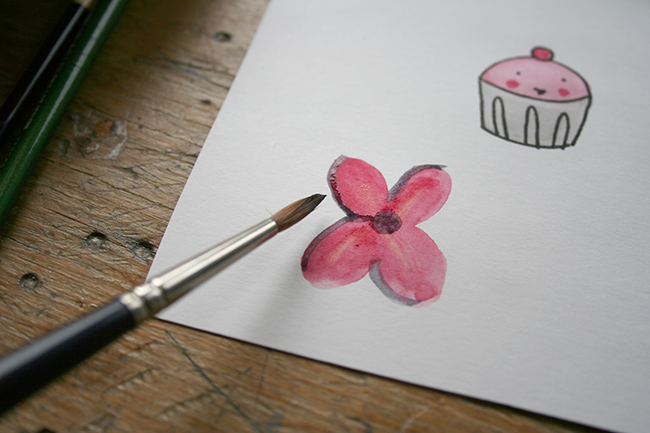
I also painted a quick flower shape to show how you can use the DIY black paint in a darker form to highlight more vibrant paintings. The shadows here really do appear as if I’d used black paint. But because I actually used blue and brown paint mixed together, the color where it bleeds into red is less “muddy” than it would be if I’d used pure black paint.

Share tips, start a discussion or ask one of our experts or other students a question.
No Responses to “Paint It Black: A Handy Trick for Mixing Black Watercolor Paint”